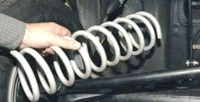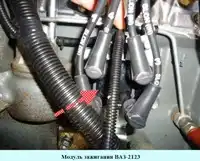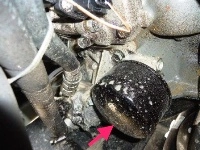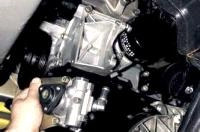The brake drum is removed to replace it if the working surface is damaged or worn, as well as to monitor the condition of the brake mechanisms and to replace the brake pads and working cylinders
Perform work on a car with the rear wheels hung out (on a lift or a car installed with a jack on supports).
The parking brake lever must be pushed all the way down (vehicle disengaged).
You will need: keys "12", a screwdriver, two mounting blades.
Engage 1st gear and set the stop bars under the front wheels.
Check that the parking brake lever must be fully depressed (vehicle disengaged).
Remove the rear wheel.
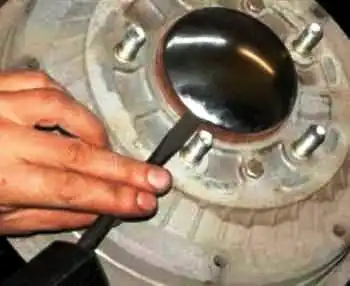
For convenience, remove the decorative cap. When replacing the drum, the cap can not be removed.
Moisten the gap between the drum and the axle shaft flange with some easily penetrating liquid (kerosene, WD-40, etc.).
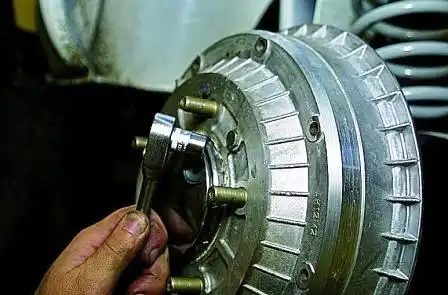
Remove two bolts (one is visible in the photo) securing the brake drum to the axle shaft.
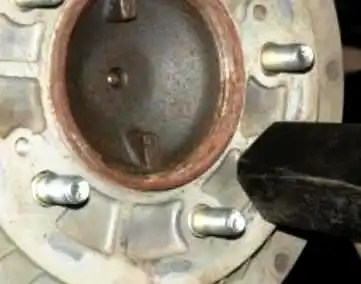
Pull the drum off the axle shaft with light hammer blows.
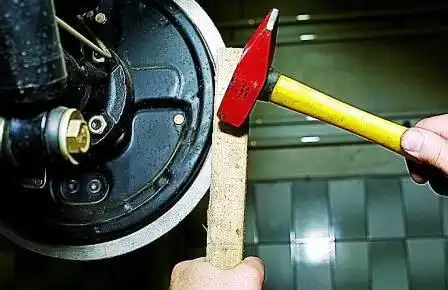
If the drum does not come off with your hands, knock it down with a hammer, using a block of wood, or...

Compress by evenly screwing the bolts into the two threaded holes in the drum
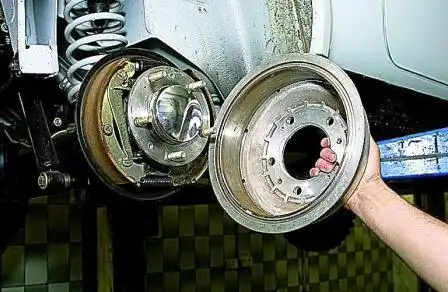
Remove the brake drum.
When installing the old drum, use a file to remove the shoulder on the working surface of the drum, formed as a result of wear.
Install the drum in the reverse order of removal.
Preliminarily clean the axle shaft seating belt from corrosion, lubricate it with graphite grease or LSTs-15 grease and bring the pads together using two mounting blades.
Please note that when the pistons are pressed into the cylinders, the level of brake fluid in the master cylinder reservoir increases.
Extract fluid if necessary.
Check the wheel for ease of rotation. It is allowed to easily touch the drum on the pads.
With the car stationary on the ground, press the brake pedal 2-3 times to bring the pads to the drum.







